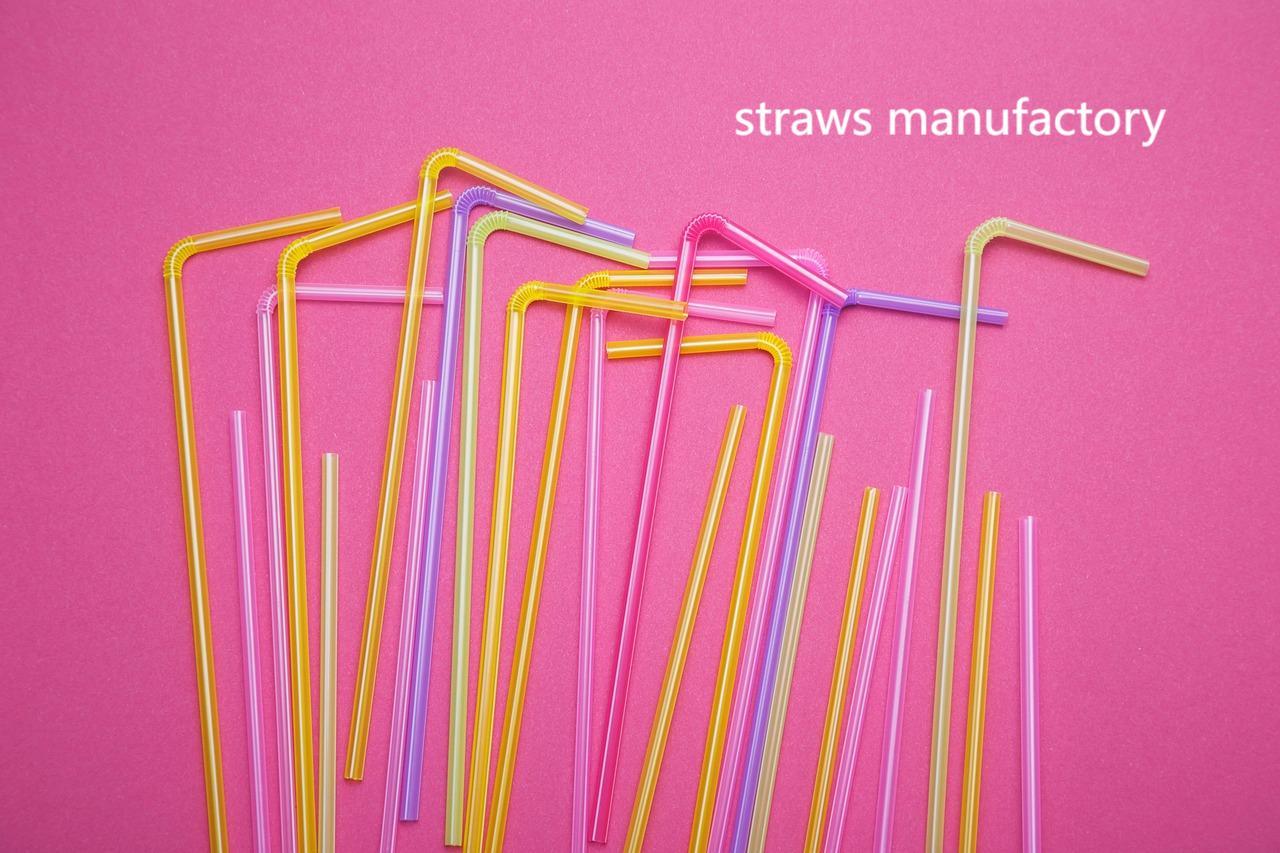In today’s fast-paced world, the demand for everyday items has led to the growth of numerous industries, including the straws manufactory sector. A straws manufactory is a place where these simple yet essential items are produced, primarily for use in food and beverage establishments. While straws might seem like a trivial product, their production involves complex processes and innovations. As sustainability becomes a key focus in industries worldwide, the straw manufacturing sector has had to adapt, shifting toward eco-friendly materials and practices to meet growing environmental concerns.
Historically, straws were made from natural materials such as reeds or grass. These organic straws were common in ancient cultures, particularly in Mesopotamia and Egypt. However, as technology advanced and the need for mass production grew, manufacturers began to look for more efficient ways to produce straws on a larger scale. In the early 1900s, paper straws gained popularity, and by the mid-20th century, plastic straws became the standard. The versatility, durability, and low cost of plastic straws made them the preferred choice in the hospitality and food industries.
Over the years, however, plastic straws have faced significant backlash due to their environmental impact. As single-use plastics became a major concern, many countries, cities, and even individual businesses began phasing out plastic straws in favor of alternatives like paper, metal, or bamboo. Straws manufactory companies have responded to this challenge by innovating new materials and manufacturing processes. The shift towards more sustainable options has led to the development of biodegradable plastic alternatives and the use of recycled materials in production.
The current state of the straws manufactory industry reflects the growing concern for environmental sustainability. Companies in the sector are investing in research and development to create eco-friendly straws that do not compromise the user experience. For instance, paper straws, once considered a less durable alternative, have undergone significant advancements in quality. They now feature improved water resistance and sturdiness, addressing some of the criticisms that arose in the past. Similarly, straws made from materials like cornstarch, wheat, and seaweed are becoming more common, offering both sustainability and performance.
Another trend in the straws manufactory industry is the increasing popularity of reusable straws. While many consumers have already embraced the idea of reusable water bottles, the shift toward reusable straws is gaining momentum. These straws are typically made from materials like stainless steel, silicone, or glass and are marketed as long-term solutions to the single-use straw dilemma. Some companies even offer customization options, allowing customers to design straws that reflect their personal style.
With the rise of sustainable production practices, many straws manufactory businesses are also incorporating circular economy principles into their operations. This involves reducing waste, reusing materials, and designing products with a focus on their entire lifecycle. Some manufacturers now offer take-back programs, allowing customers to return used straws for recycling or upcycling.
The future of the straws manufactory industry is undoubtedly tied to environmental stewardship. As governments continue to introduce regulations and as consumers become more conscious of their environmental footprint, companies will need to remain agile and responsive to changing market demands. The key to success will lie in striking a balance between innovation, sustainability, and cost-effectiveness.To learn more about eco-friendly straw manufacturing, visit sotonstraws.com .

